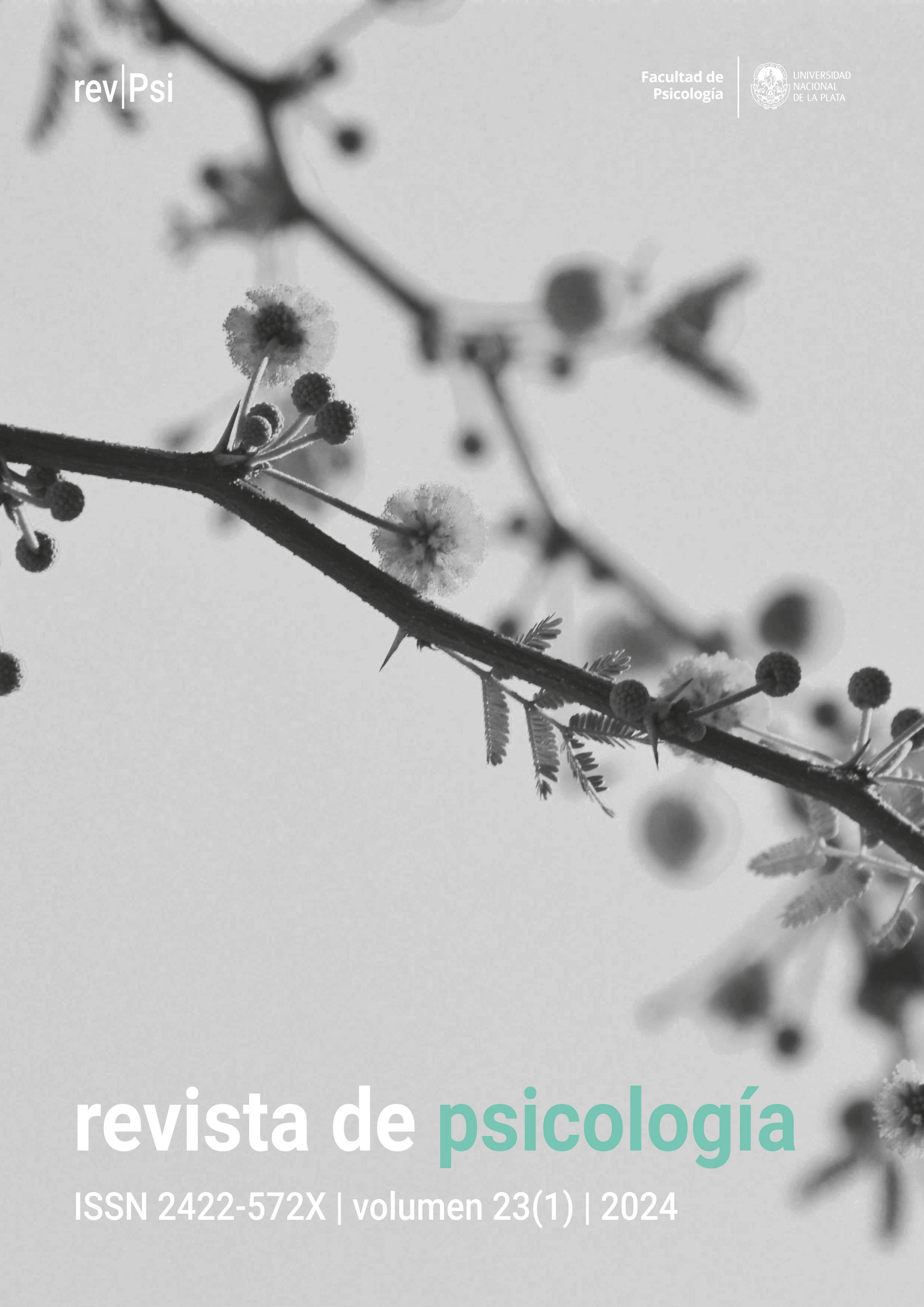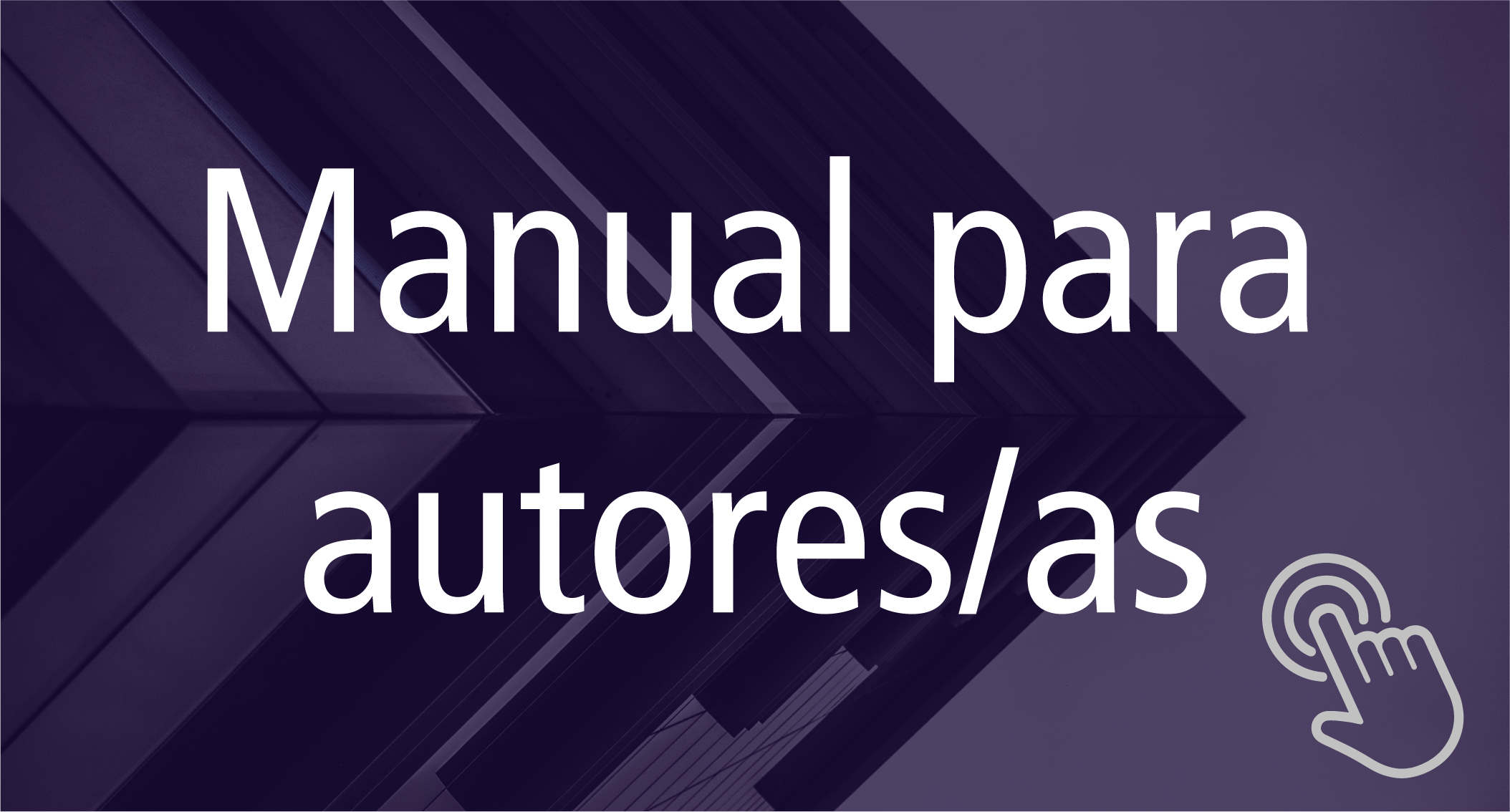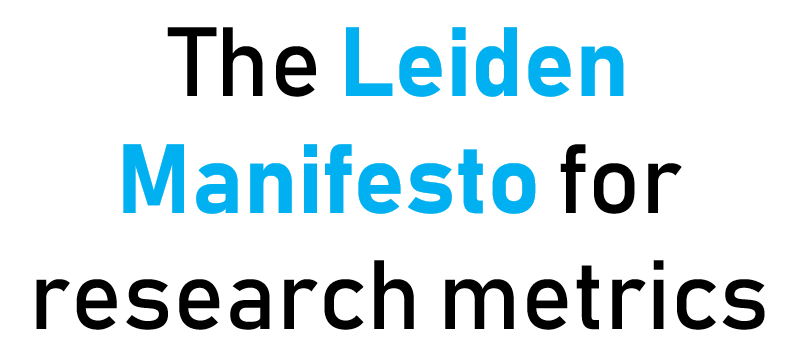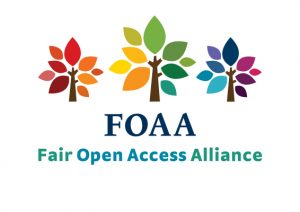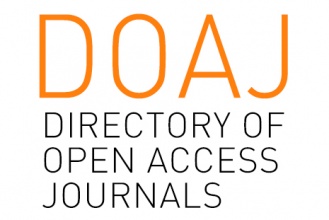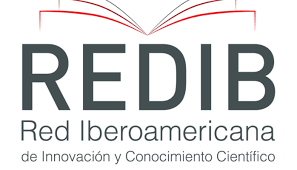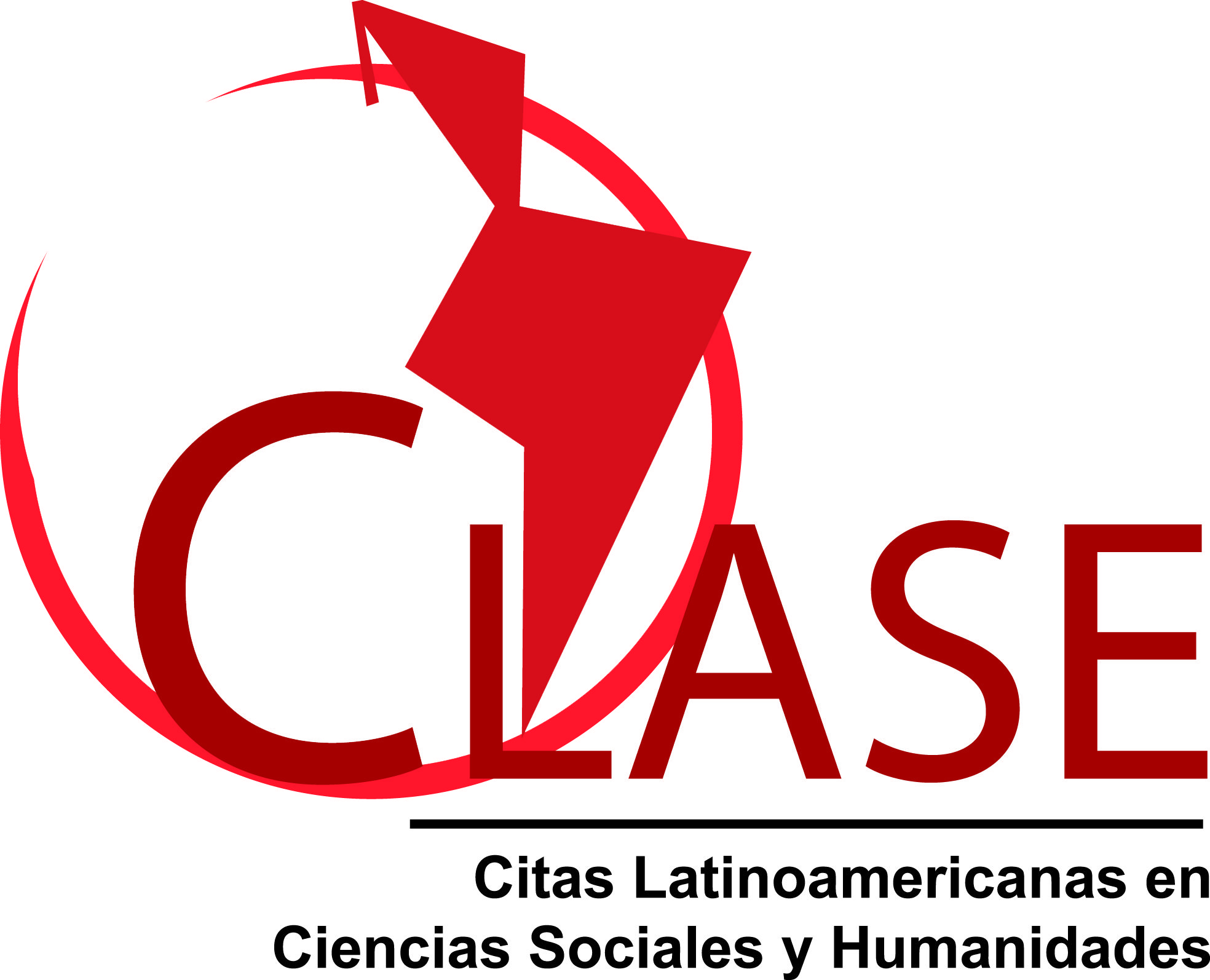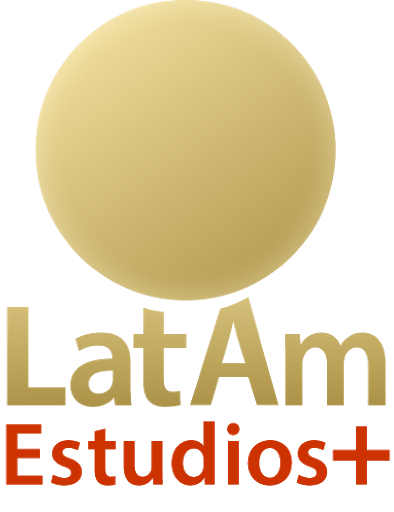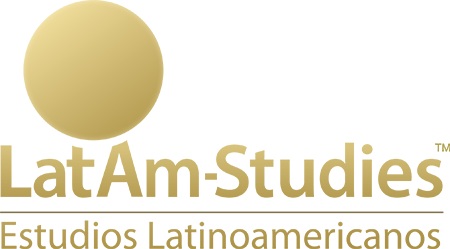Addictions: The drive in the pitfalls of the transference
DOI:
https://doi.org/10.24215/2422572Xe160Keywords:
addiction, psychoanalysis, drive, transferenceAbstract
Addictions present a particular challenge for Psychoanalysis, as it offers a space for the word where the patient has deposited certainty of enjoyment in the substance. This article is part of a Master's degree investigation in Psychoanalysis, which seeks to elucidate the implications of the addict's break with the Other. We propose to investigate the specificity of the establishment of the transference, understanding that it is a modality of psychic suffering that is not organized according to the pathways of the formations of the unconscious. Our objective is to specify what implications the arousal of resistances has on the analytic scene, which stop the deployment of unconscious knowledge because they bear the mark of the drive, and to establish some considerations on the intervention of the analyst in these cases. We highlight the value of the analytical maneuver to offer the subject new way of relating to the drive.
Downloads
Metrics
References
Andreini, N. (2011). Ruptura y relación al Otro. En Apostillas del TyA Córdoba (pp. 65-69). CIEC con colaboración del Instituto Provincial de Alcoholismo y Drogadicción.
Byck, R. (1980). Introducción. Sigmund Freud y la cocaína. En R. Byck (Ed.), Escritos sobre la cocaína (pp. 215-222). Anagrama.
Escohotado, A. (1998). Historia de las drogas. Alianza Editorial S.A.
Farji Trubba, N. (2018). Consumos problemáticos y psicoanálisis. En N. Farji Trubba (Comp.), Consumos problemáticos. Del fenómeno social a la operación singular. (pp. 17-28). Letra Viva.
Freud, S. (1884/1980). Über coca. En R. Byck (Ed.), Escritos sobre la cocaína (E. Hegewicz, trad.) (pp. 91-122). Anagrama.
Freud, S. (1885/1980). Sobre el efecto general de la cocaína. En R. Byck (Ed.), Escritos sobre la cocaína (E. Hegewicz, trad.) (pp. 91-122). Anagrama.
Freud, S. (1887/1980). Anhelo y temor de la cocaína. En R. Byck (Ed.), Escritos sobre la cocaína (E. Hegewicz, trad.) (pp. 215-222). Anagrama.
Freud, S. (1896/2007). Manuscrito K. En Obras completas. Tomo I (J.L. Etcheverry, trad.) (pp. 260-268). Amorrortu Editores.
Freud, S. (1897/2007). Carta 79. En Obras completas. Tomo I (J.L. Etcheverry, trad.) (pp. 314-315). Amorrortu Editores.
Freud, S. (1905/2010). Tres ensayos de teoría sexual. En Obras completas. Tomo VII (J.L. Etcheverry, trad.) (pp. 109-224). Amorrortu Editores.
Freud, S. (1915a/2008). La represión. En Obras completas. Tomo XIV (J.L. Etcheverry, trad.) (pp. 135-152). Amorrortu Editores.
Freud, S. (1915b/2008). Pulsiones y destinos de pulsión. En Obras completas. Tomo XIV (J.L. Etcheverry, trad.) (pp. 105-134). Amorrortu Editores.
Freud, S. (1920/2008). Más allá del principio de placer. En Obras completas. Tomo XVIII (J.L. Etcheverry, trad.) (pp. 1-62). Amorrortu Editores.
Freud, S. (1924/2008). El problema económico del masoquismo. En Obras completas. Tomo XIX (J.L. Etcheverry, trad.) (pp. 161-176). Amorrortu Editores.
Freud, S. (1925/2008). Inhibición, síntoma y angustia. En Obras completas. Tomo XX (J.L. Etcheverry, trad.) (pp. 71-164). Amorrortu Editores.
Freud, S. (1930/2006). El malestar en la cultura. En Obras completas, Tomo XII (J.L. Etcheverry, trad.) (pp. 65-140). Amorrortu Editores.
Lacan, J. (1946/2008). Acerca de la causalidad psíquica. En Escritos 1 (pp. 142-186). Siglo XXI.
Lacan, J. (1953/2012). Discurso de Roma [26-9-53]. En Otros escritos (pp. 147-179). Paidós.
Lacan, J. (1953/1984). Función y campo de la palabra y el lenguaje. En Escritos 1 (pp. 227-310). Siglo XXI.
Lacan, J. (1957/1984). La instancia de la letra en el inconsciente o la razón desde Freud. En Escritos 1(pp. 473-512). Siglo XXI.
Lacan, J. (1958-1959/2014). El Seminario. El deseo y su interpretación. Libro 6. Paidós.
Lacan, J. (1962-1963/2012). El Seminario. La angustia. Libro 10. Paidós.
Lacan, J. (1966/1985). Psicoanálisis y medicina. En Intervenciones y textos I (pp. 86-99). Manantial.
Lacan, J. (1972-1973/2010). El seminario. Aun. Libro 20. Paidós.
Lacan, J. (1974/2001). La tercera. En Intervenciones y textos 2 (pp. 73-108). Manantial.
Lacan, J. (1975/1997). Joyce el síntoma II [20-6-75]. Uno por Uno, Revista Mundial de Psicoanálisis (edición latinoamericana), 45, 9-14.
Laznik, D. (2007a). La delimitación de la experiencia analítica y las figuras de lo no-analizable. En Memorias de las XIV Jornadas de Investigación, Vol. III(pp. 165-167). Buenos Aires, Argentina: Facultad de Psicología, Universidad de Buenos Aires.
Laznik, D. (2007b). Superyó, el malestar en la clínica. Anuario de Investigaciones, Vol. XIV, 69-73.
Laznik, D., Lubián, E., Battaglia, G., Pietra Figueredo, G., Etchevers, M. y Bosenberg, C. (2005). Del ideal al objeto. En Memorias de las XII Jornadas de Investigación, Vol. III (pp. 98-99). Buenos Aires, Argentina: Facultad de Psicología, Universidad de Buenos Aires.
Laznik, D., Lubián, E., Leiro, A., Schutt, F., Serué, D., Battaglia, G. y Pietra Figueredo, G. (2002). Las “patologías actuales” y los diques pulsionales. Anuario de Investigaciones, 9, 143-148.
Laznik, D., Lubián, E., Pietra Figueredo, G., Battaglia, G. y Bosenberg, C. (2003). Anudamientos de lo no ligado. Anuario de Investigaciones, Vol. XI, 447-452.
Leibson, L. (2018). La máquina imperfecta: Ensayos del cuerpo en psicoanálisis. Letra Viva.
Le Poulichet, S. (1990/2012). Toxicomanías y psicoanálisis: la narcosis del deseo. Amorrortu.
Masotta, O. (1980). El modelo pulsional. Editorial Altazor.
Miller, J.-A. y Laurent, E. (2005). El Otro que no existe y sus comités de ética. Paidós.
Naparstek, F. (2010). Introducción a la clínica con toxicomanías y alcoholismo III. Grama Ediciones.
Salamone, L. D. (2014). El silencio de las drogas. Grama Ediciones.
Schejtman, F. (2013). Sinthome: ensayos de clínica psicoanalítica nodal. Grama Ediciones.
Tarrab, M. (2000). La substancia, el cuerpo y el goce toxicómano. En Más allá de las drogas. Plural.
Tarrab, M. (2009). El psicoanálisis y la eficacia de la toxicomanía. En AA.VV. Pharmakon 11. El lazo social intoxicado (pp. 151-160). Grama Ediciones.
Downloads
Published
How to Cite
Issue
Section
License
Copyright (c) 2022 María Paula Paragis, Juan Jorge Michel Fariña

This work is licensed under a Creative Commons Attribution 4.0 International License.
![]()
Authors who publish in this journal accept the following conditions:
- Authors retain the copyright and assign the right of first publication to the journal, with the work registered under a Creative Commons attribution license (CC-BY), which allows third parties to use what is published whenever they mention the authorship of the work and the first publication in this magazine.
- Authors can make other independent and additional contractual agreements for the non-exclusive distribution of the article published in this journal (e.g., include it in an institutional repository or publish it in a book) as long as they clearly indicate that the work was published for the first time in this magazine.
- Authors are allowed and encouraged to publish their work on the Internet (e.g., on institutional or personal webpages) before and during the review and publication process, as it can lead to productive exchanges and greater and faster dissemination of published work (see The Effect of Open Access ).

